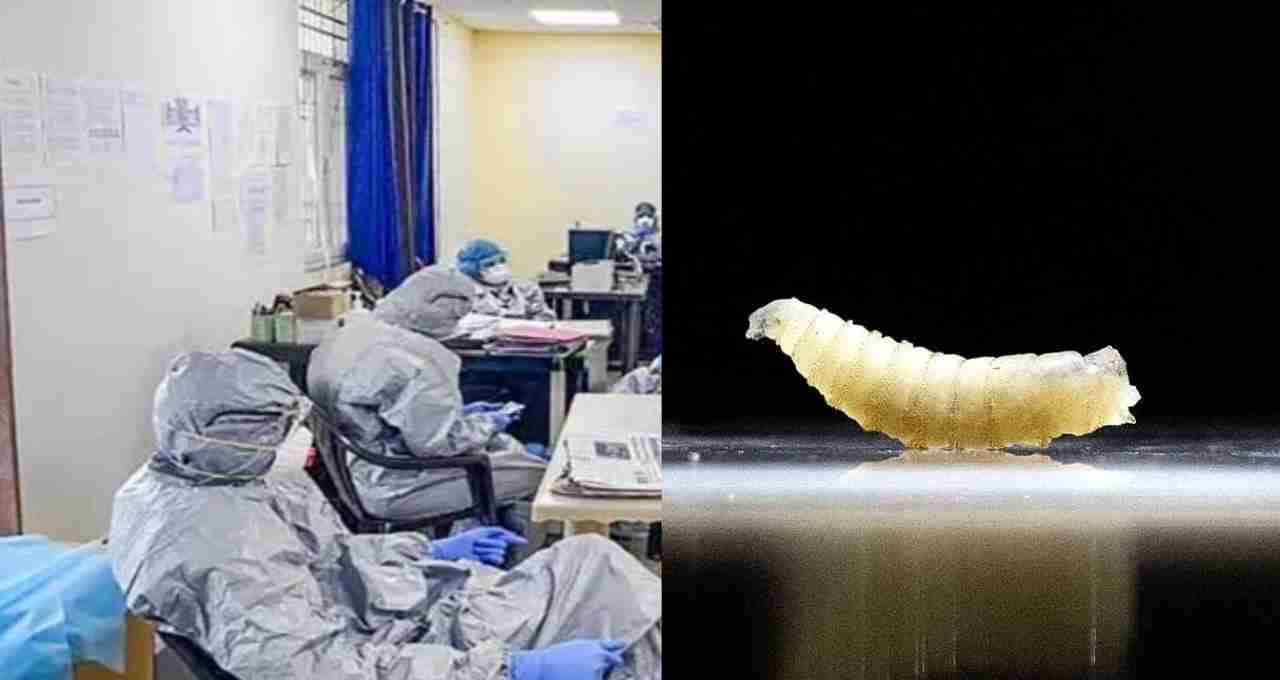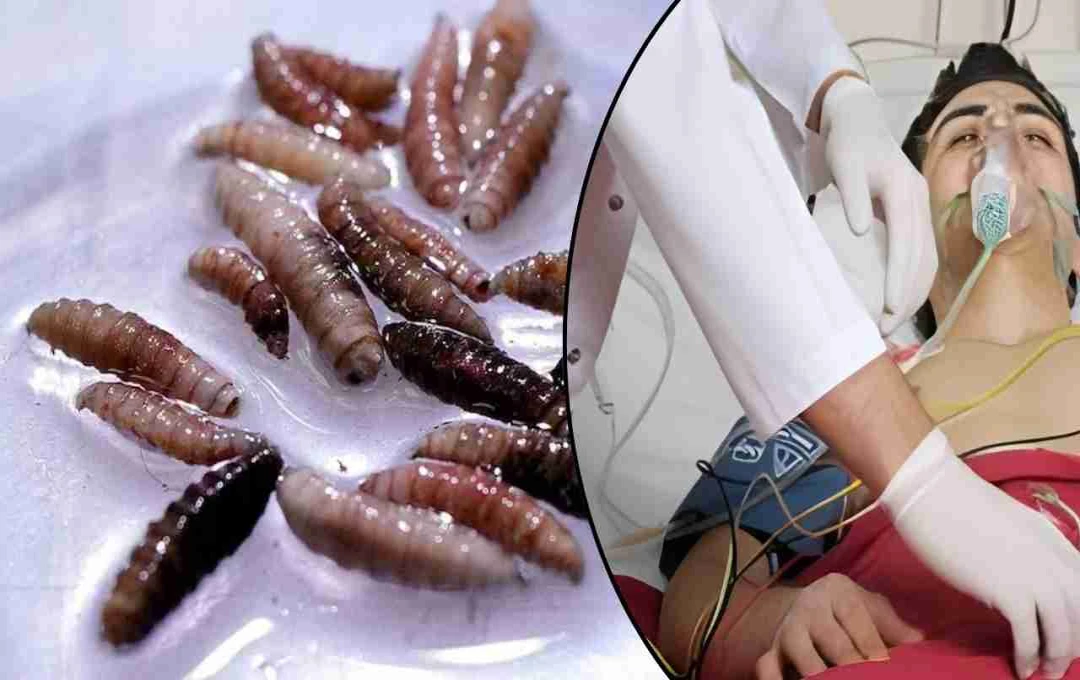Screwworm Parasite Cases in Mexico Reach 5086. Mostly in Cows, Some in Humans and Other Animals. Heat and Travel Accelerating Infection Spread. Immediate Treatment and Sterile Flies Necessary for Prevention.
Mexico: The screwworm parasite, which consumes live human and animal flesh, is rapidly spreading in Mexico. As of August 17, 2025, 5,086 cases have been recorded, a 53 percent increase compared to the previous month. Of these, 649 cases remain active. This situation poses a serious threat to both the livestock industry and human health. Most cases have been found in cows, but dogs, horses, and sheep have also been infected. Forty-one human cases have also been reported.
What is Screwworm and How Does it Spread?
Screwworm, or New World Screwworm, is a parasite that lays eggs in the wounds of warm-blooded creatures. Upon hatching, the larvae emerge and burrow into the flesh, consuming it. These larvae have hook-like mouths and penetrate the flesh like screws. The wound grows, and if left untreated, it can lead to the death of the animal or human.
Female flies lay eggs near wounds, or in the nose, eye, or mouth. In warm weather, these flies reproduce rapidly, and the infection spreads quickly. Since 2023, this outbreak has spread from Central America (Panama, Costa Rica, Honduras, Guatemala) to Mexico and has now reached the US border.
Severity of the Situation and Increase in Figures
According to Mexican government data, the number of cases was low until July but increased by 53 percent in August. Out of a total of 5,086 cases, 649 are active. The majority of cases are in the southern Mexican state of Chiapas. Experts state that the infection is spreading rapidly due to the hot weather and animal trade.

Neil Wilkins, CEO of the East Foundation, stated that the rapid increase in cases is concerning and indicates that the situation is not currently under control.
Impact of Screwworm on Animal and Human Health
The screwworm parasite weakens animals by enlarging their wounds and can cause significant damage to the livestock industry. If it spreads to the US state of Texas, it could result in losses of up to $1.8 billion. In humans, it is rare but fatal. Forty-one humans have been found infected in Mexico, most of whom are residents of Chiapas. The first human case in the United States was reported on August 4, 2025, linked to an individual returning from El Salvador.
Economic Impact
The spread of screwworm has disrupted cattle exports. The estimated economic loss in Mexico last year was $1.3 billion. In the United States, livestock activities could be at risk of a $100 billion threat. To combat this, Mexico and the United States have intensified security measures.
Prevention and Treatment Measures
Treatment for screwworm involves timely wound cleaning, removal of larvae, and administration of antibiotics. If delayed, the infection can prove fatal. The most effective prevention technique is the Sterile Insect Technique (SIT). In this method, male flies are sterilized through radiation and released among wild females, rendering their eggs infertile and halting reproduction.
Mexico has established a $51 million sterile fly facility in its southern state. The COPEG plant in Panama produces 20 million pupae per week. The USDA has plans to build a new sterile fly facility in Texas, USA, which is expected to be completed in 2-3 years. Traps have been set up at the border, and measures are in place to prevent animal imports.












